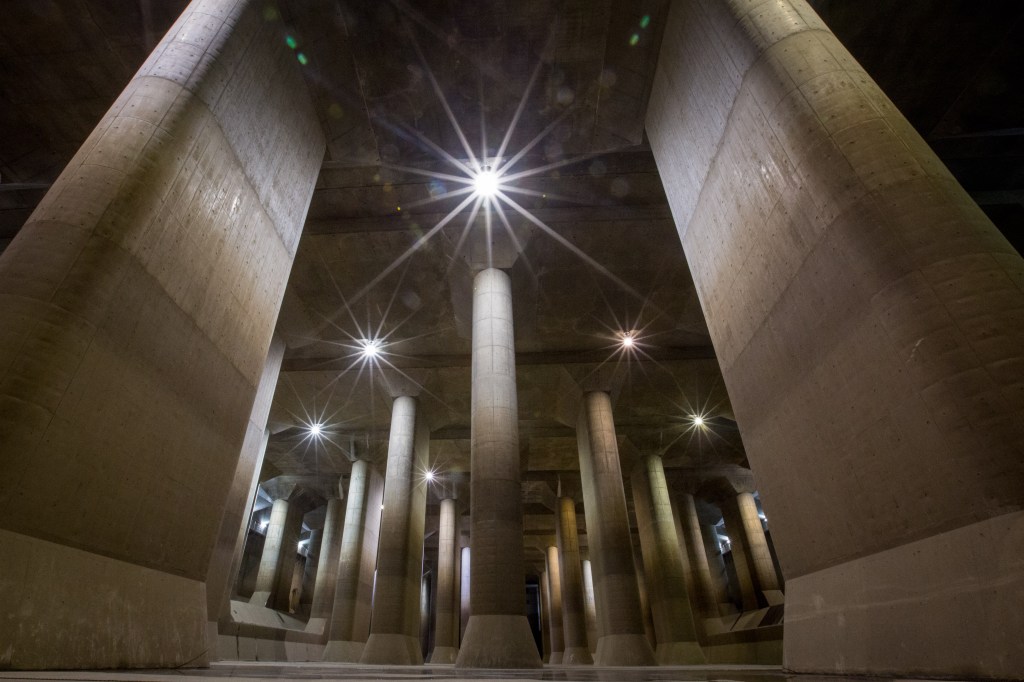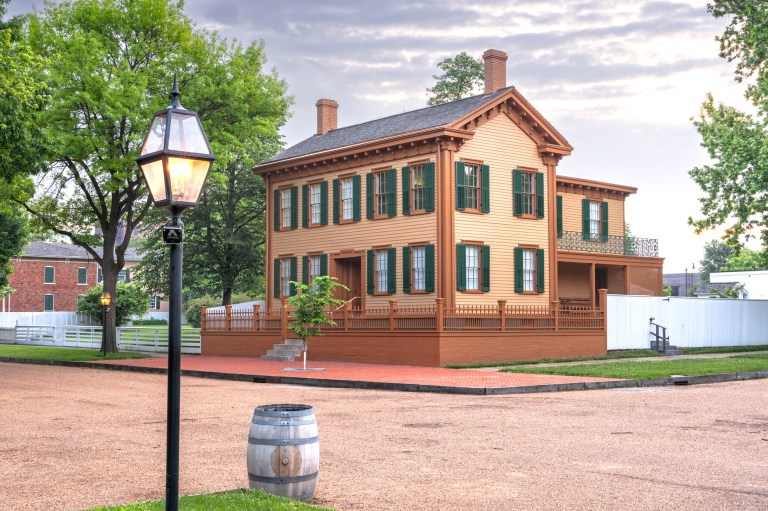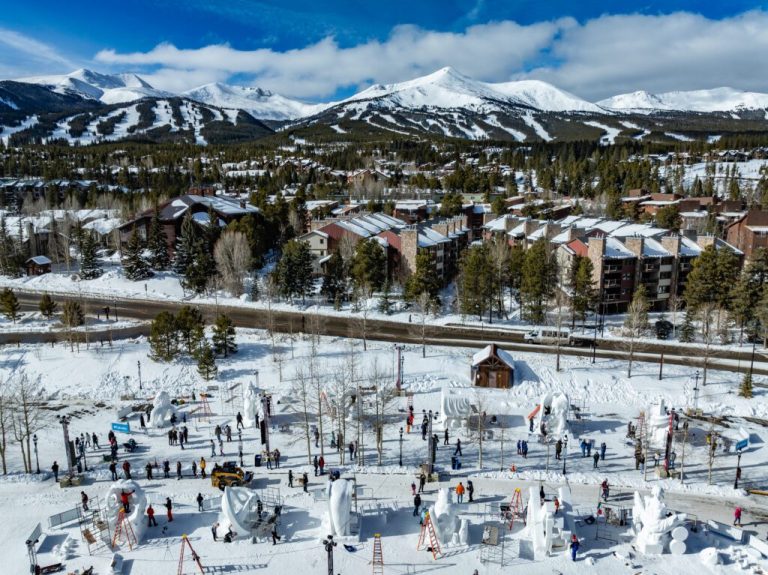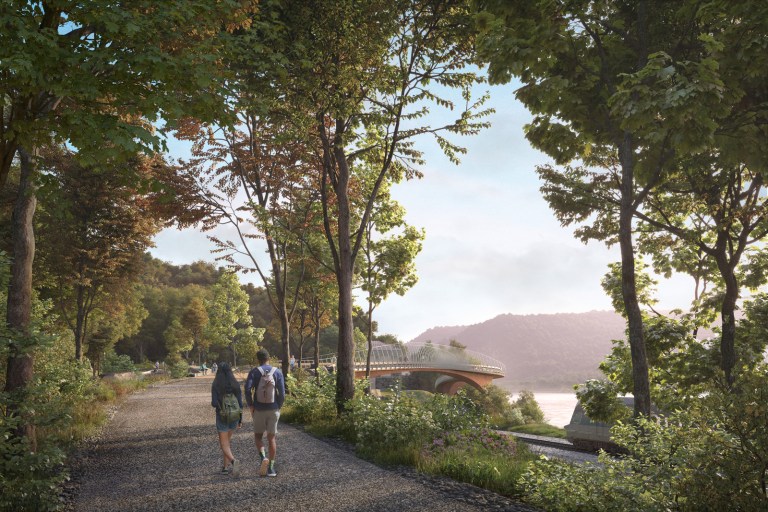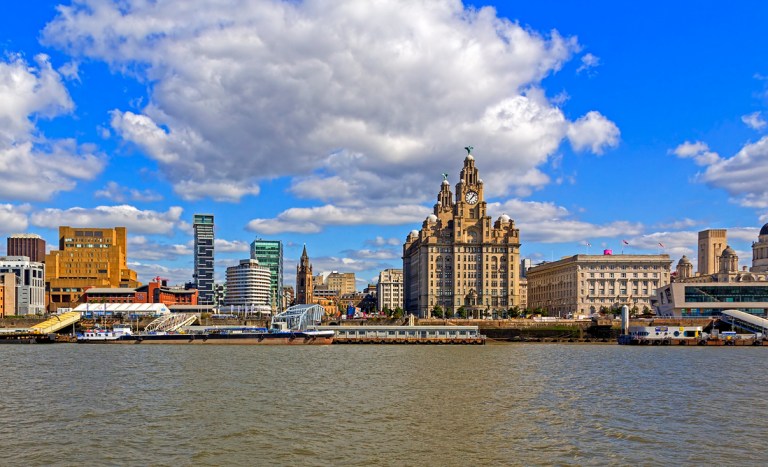Humans have long flocked to places of worship to ask their gods for rain — or protection from it. In some ways, those visiting Tokyo’s underground “cathedral” are no different. However, people don’t come here to pray but rather to marvel at an incredible feat of engineering that promises to safeguard the city from torrential flooding.
Officially known as the Metropolitan Area Outer Underground Discharge Channel, the system comprises a vast network of giant tunnels, towering pillars, and imposing pumps that can contain nearly 100 Olympic-size pools worth of water. Built from 1993 to 2006, the structure — which is 4 miles long and 165 feet high — cost 230 billion yen (around $1.6 billion), according to Reuters. The Japanese Land Ministry estimates that, since going live, it has shielded the area from over 150 billion yen in flood damages.
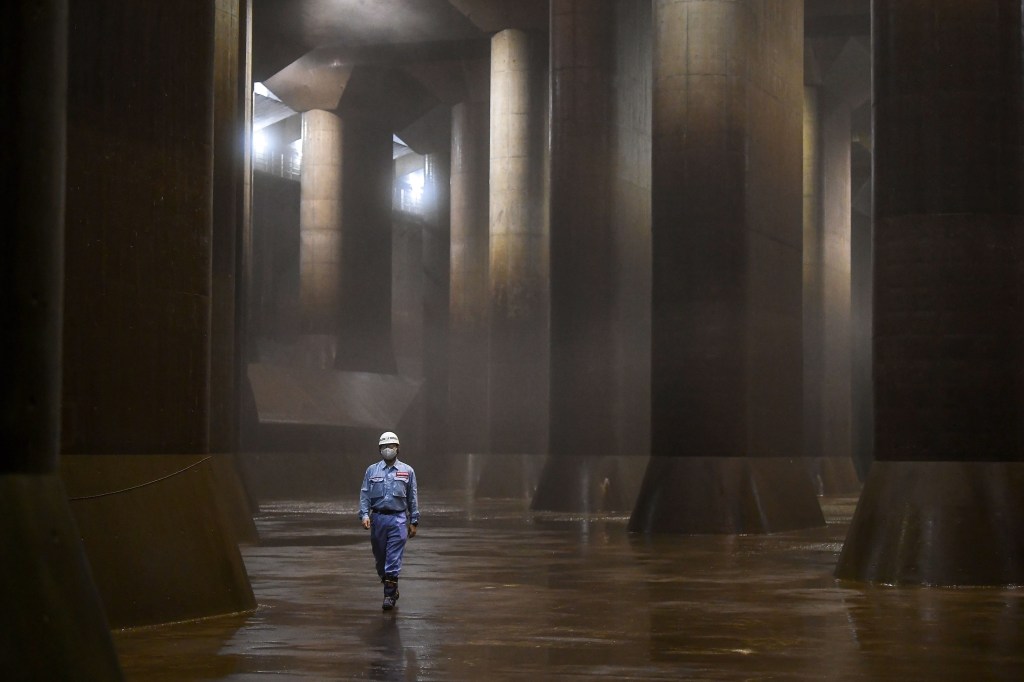
Along with its rich culture, cutting-edge tech, and delectable cuisine, Japan is famous for its emergency preparedness. Throughout the country, cities and towns contain infrastructure built to withstand a slew of natural disasters, including earthquakes, typhoons, volcanic eruptions, landslides, and floods. The discharge channel — the world’s largest underground flood diversion facility — is a remarkable example.
“You find yourself being a tiny part of this humongous system,” Cecilia Tortajada, a water management expert in Singapore, told the BBC after visiting the facility. “You realize how well-prepared Tokyo is.”
Descending six stories to the massive, pressure-adjusting water tank offers a glimpse of the channel’s immensity. Also referred to as “the shrine” or “the cathedral,” the tank consists of 59 551-ton pillars and a shadowy interior pierced with thin shafts of natural light. Located in Kasukabe City, roughly 31 miles from Tokyo, it is also a popular tourist spot and filming location.
So how does it work? “The channel redirects overflow from the watershed’s small and mid-sized rivers. Put simply, water collected by overflow levees during heavy rains flows into underground shafts — each large enough to fit the Statue of Liberty — and is carried by tunnel to the pressure-adjusting water tank, a surprisingly photogenic space known as the ‘underground shrine,’” The Japan Times explains. “The water is then pumped via turbine at a rate of 200 cubic meters per second to the Edogawa River, which flows into Tokyo Bay.”
The system is crucial as Japan’s annual precipitation is about twice the global number. Moreover, Tokyo sits at the crosshairs of five river systems, with dozens of rivers in the vicinity that are prone to seasonal swells. Although the city has grappled with flooding since its inception, it has become increasingly vulnerable due to population growth, industrialization, and sinkage in some areas. Climate change also poses a serious threat.
“Compared to years past, there’s a tendency for a great deal of rain to come down all at once in what we call guerrilla downpours,” Yoshio Miyazaki, a land ministry official, told Reuters. “If this facility didn’t exist, the water levels of the main Nakagawa River and its tributaries could rise much higher, leading to flooding of homes and even deaths.”
@spoontamago Once storm season is over, book a tour and go inside The Metropolitan Area Outer Underground Discharge Channel. 📍Tokyo, Japan
♬ Suspense, horror, piano and music box – takaya
In June 2024, the system was activated four times, more than in all of 2023, per Reuters. The summer was the hottest since 1898, the first year for which historical temperature records are available, and torrential rainfall and violent storms caused devastating floods. During Typhoon Shanshan in late August 2024, the system collected enough water to fill the Tokyo Dome baseball stadium nearly four times.
Experts predict Tokyo’s flood prevention infrastructure will become even more crucial in the coming years.
“As the temperature rises, the amount of water vapor in the atmosphere increases, resulting in relatively larger quantities of rainfall,” said University of Tokyo professor Seita Emori, a member of a climate science cohort that received a Nobel Prize in 2007. “We anticipate that previously unseen amounts of rain will fall as the temperature rises in the future.”
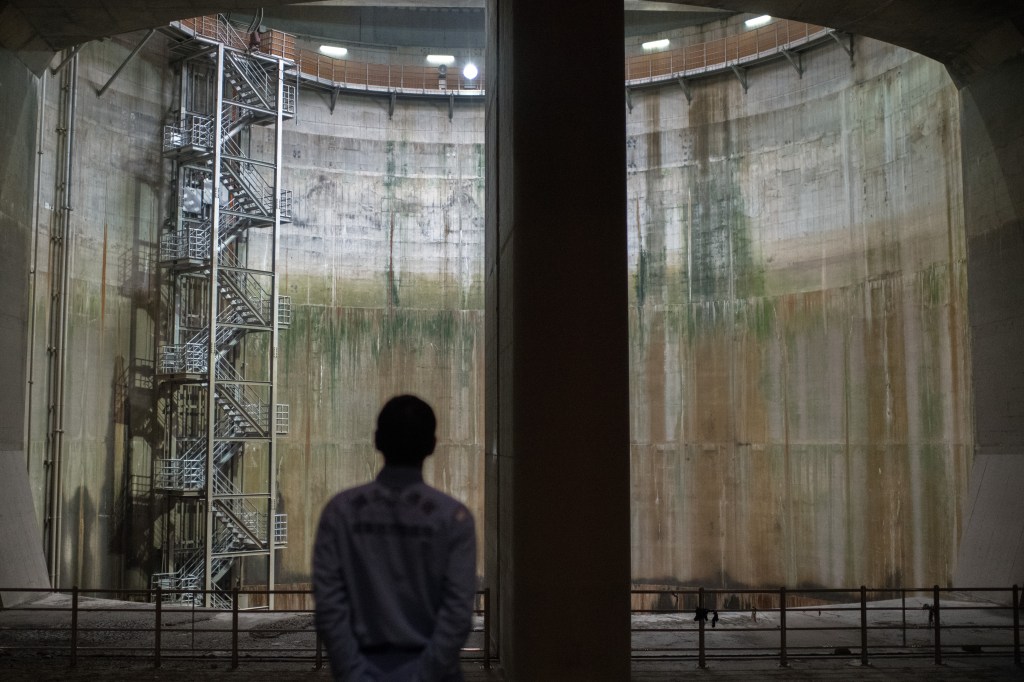
As the BBC reported, the city’s flood prevention infrastructure was historically designed to withstand up to 50 millimeters of rain per hour, but that may not be enough for the future. The country’s average number of heavy rain days per year has increased over the past three decades, according to the Japanese Meteorological Agency, and some estimates suggest the nation’s average summer rainfall could increase by up to 19% over the 21st century.
In preparation, the city has already started working to increase its flood prevention capacity, and projects in at least three areas can now withstand between 65 and 75 millimeters of hourly rainfall. And in central Tokyo, a plan is also underway to link canals to collect overflow from the Shirako and Kanda rivers starting in 2027.
“Japan is a country that believes in learning,” Tortajada told the BBC. “That makes it a very interesting case for study.”
RELATED: Niagara Falls: Inside Its 115-Year-Old, “Deep Underground” Tunnel That’s Now Open to the Public
